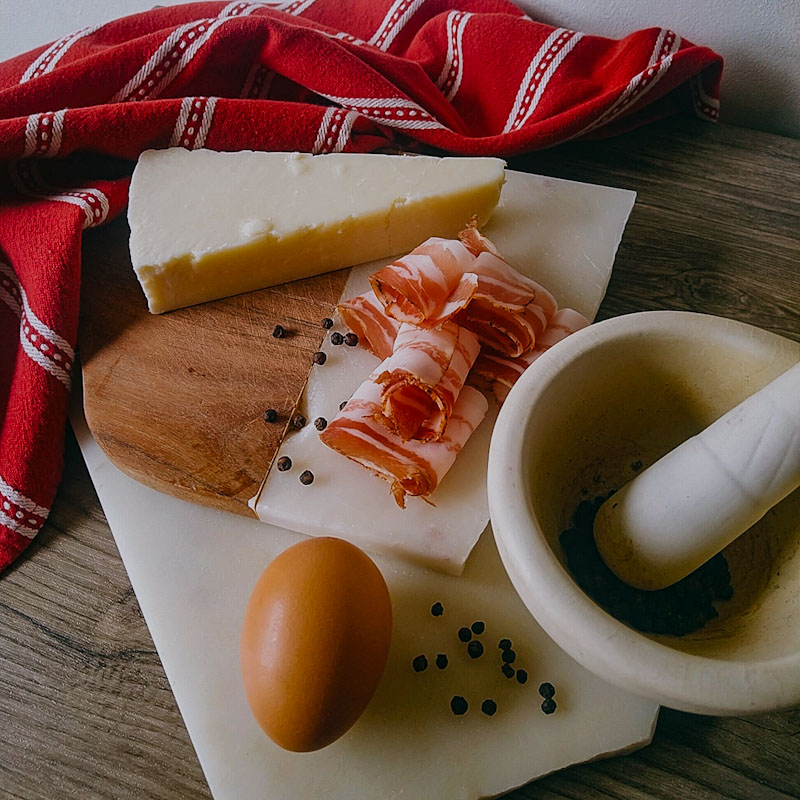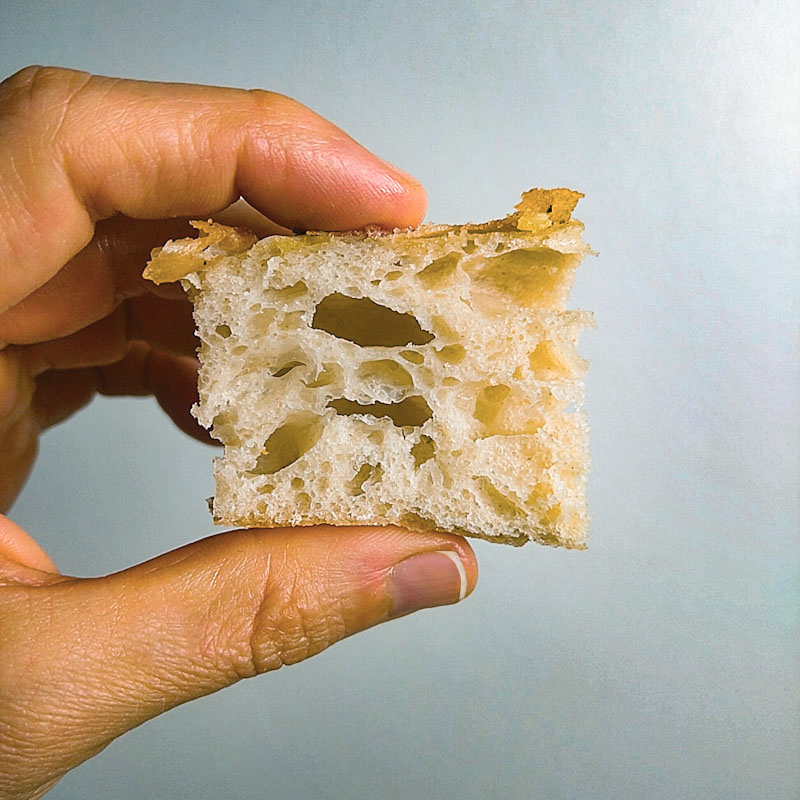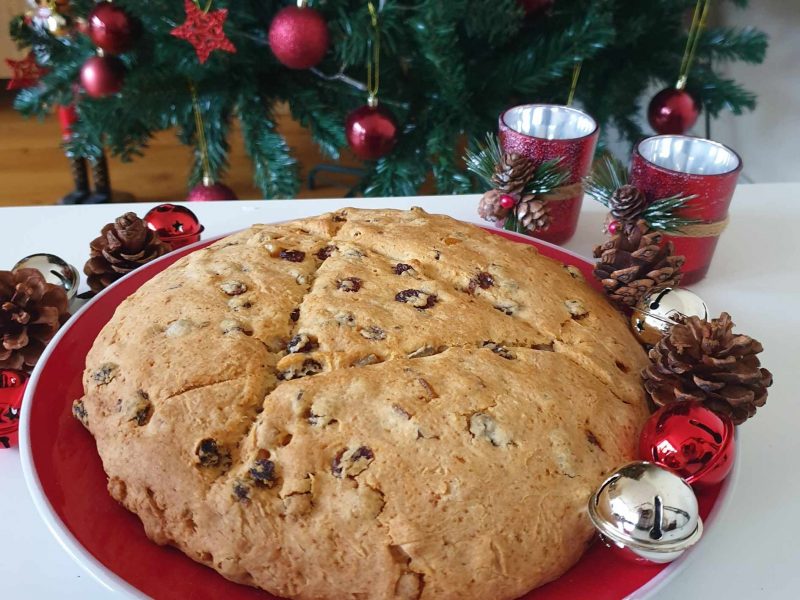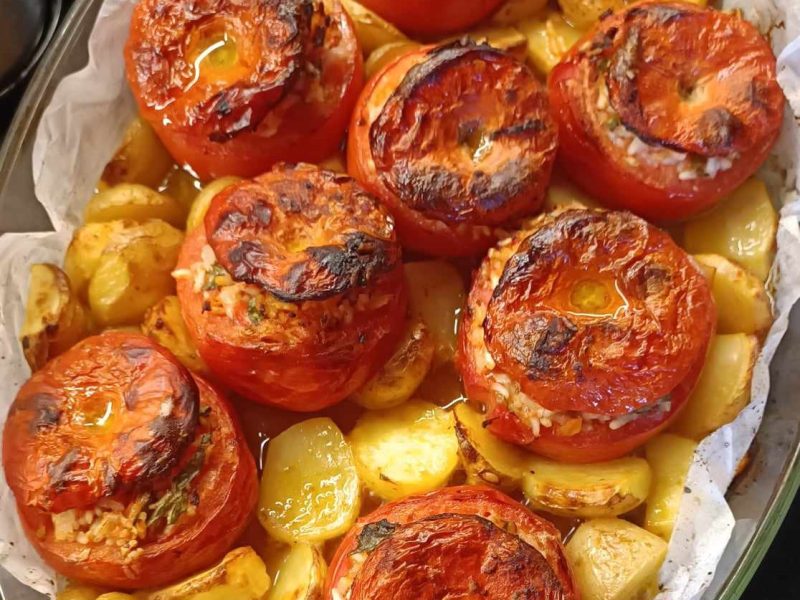
As you have surely figured out by now, we are trying to come up with a Ricetti that doesn’t just celebrates coming together with our friends and families to watch Azzurri playing, but also both our and our opponent’s culinary traditions. Well, although we have been living in the UK for quite a while, we never had the chance to experience Welsh cuisine ‘first hand’ so we had to do a bit of research on it.

One of the most popular dishes – so to speak – of Welsh gastronomy is the Welsh rarebit. No, it’s not a Welsh rabbit, although I believe we all thought that for a second when we first read it and yes, it’s basically a cheese on toast that really believed in its potential. What the Welsh did to the good old cheese on toast, it’s adding *drumroll*… an egg. Yes, there a few recipes out there where you can apparently make it even better by adding a bit of mustard, some milk, a specific Welsh cheese – but seriously, guys, this really is just a cheese on toast with the most imaginative name.
We are also very well aware that, a long time ago, the outrageous name of ‘Italian Welsh rarebit’ was coined in order to make our national dish sound more familiar to the British public: as if pizza needed anything more than pizza itself to be appealing!
That’s why we decided to come up with a proper ‘Italian rarebit’, one with all the fundamentals of a Welsh rarebit (cheese, egg, bread) but with an Italian twist!

While I would have no problem calling this a carbonara topping, I am conscious about sparking a riot among our readers from Rome who can be quite picky when it comes to juxtaposing to the name carbonara anything that is not strictly made with Pecorino Romano, eggs and the sacred guanciale. So, for the sake of peace and since we couldn’t find guanciale in our local shop, we’ll steer away from the term carbonara universe although this topping will probably taste like one – but this will be our secret, OK?

Before we get our hands dirty, we would like to add a note regarding the dough. We opted for an easy no-knead focaccia dough that requires very little hands-on time but of course it needs to be prepared the day before, however, feel free to use your favourite pizza/bread/baguette recipe, ready made pizza dough or store-bought pastry rolls. Just make this recipe your own!

If you decide to go the focaccia route, we have catered for both our sourdough lovers and the no-fuss brewer’s yeast crew. If you use sourdough, you know you will have to feed it in the morning to be ready to knead (NOT) in the afternoon, while if you prefer to use a pea-sized amount of fresh yeast, make sure you prepare a ‘starter’ or ‘levain’ in the morning by mixing it with 100g of flour and 100ml of water. That’s it!
And now, let’s bake!

Match time munchies #3 – Italian Rarebit
Ingredients
- 900 kg Strong Bread Flour
- 700 g Water
- 20 g Salt plus extra for sprinkling on top
If using sourdough:
- 200 g Recently Fed Sourdough starter
If using fresh yeast, make a levain with:
- 1 g Fresh yeast
- 100 g Strong Bread Flour
- 100 g Water
For the 'Rarebit' topping:
- 100 g Grated Pecorino Romano
- 2 medium Eggs
- 80 g Pancetta Slices
- 1 tsp Black Pepper
- 1 pinch Salt
- 1 tbsp Olive oil
Instructions
- In a large bowl with lid, add half of the water to the flour and mix. Then add the ramaining water with the sourdough starter/levain and salt. Mix until a very rough dough forms. Cover and let it rest for 30 minutes.
- After 30 minutes, dust your work surface with flour and tip your dough on it. Then fold it 4 times: start with stretching it away from you and fold it back, then flip it 90 degrees and repeat three more times. This folding process help developing the formation of the gluten without having to knead it. Cover the dough with the bowl and let it rest for another 30 minutes.
- Repeat 2 more sets of folds, 30 minutes apart. At the end of the last set, put it back into its bowl, cover and let it proof overnight in the coolest section of your fridge (usually where the fruit and veg is).
- The day after, after a 12-24h rest in the fridge (depending on the temperature and the strength of the flour used) the dough is ready to be shaped and baked.Take it off the fridge 30 minutes before, to allow it to come back to room temperature. Preheat your oven to 230°C or 446° Fahrenheit.
- Take a large oven tray (mine is roughtly 44x37cm) and line it with lightly oiled parchment paper. Tip your focaccia dough on it and using the tip of your fingers, stretch the dough into a rectangular shape. You don't have to be accurate for this step.
- In a small bowl, mix 2 tablespoons of olive oil with 2 tablespoons of water and pour it onto the focaccia dough. Then press your fingers into the dough to make dimples. Sprinkle with a bit of sea salt flakes and then put the tray at the bottom of your oven. Bake for 20 minutes.
- While the focaccia is baking, prepare your topping: mix vigorously the grated Pecorino Romano, the two eggs, salt and pepper until well combined.
- After 20 minutes, take the focaccia out of the oven and pour your egg and cheese mix on it. Put it back in the oven for 5 more minutes.
- Lastly, take the focaccia out of the oven for one more time to lay the pancetta slices on top of it, then bake for an additional 5 minutes or until crisp.


